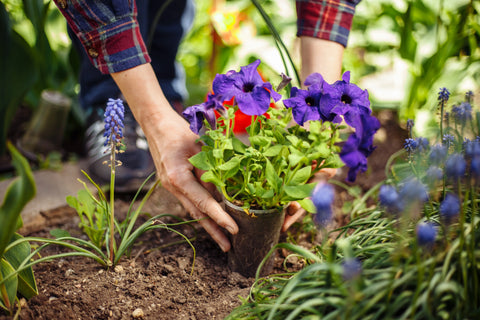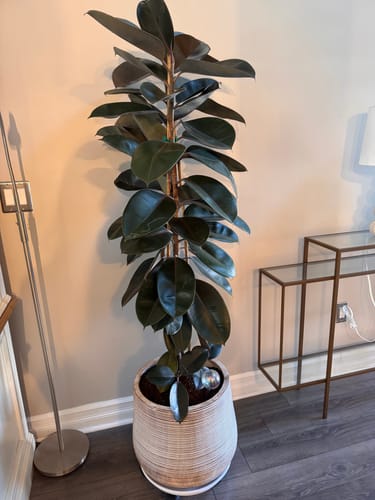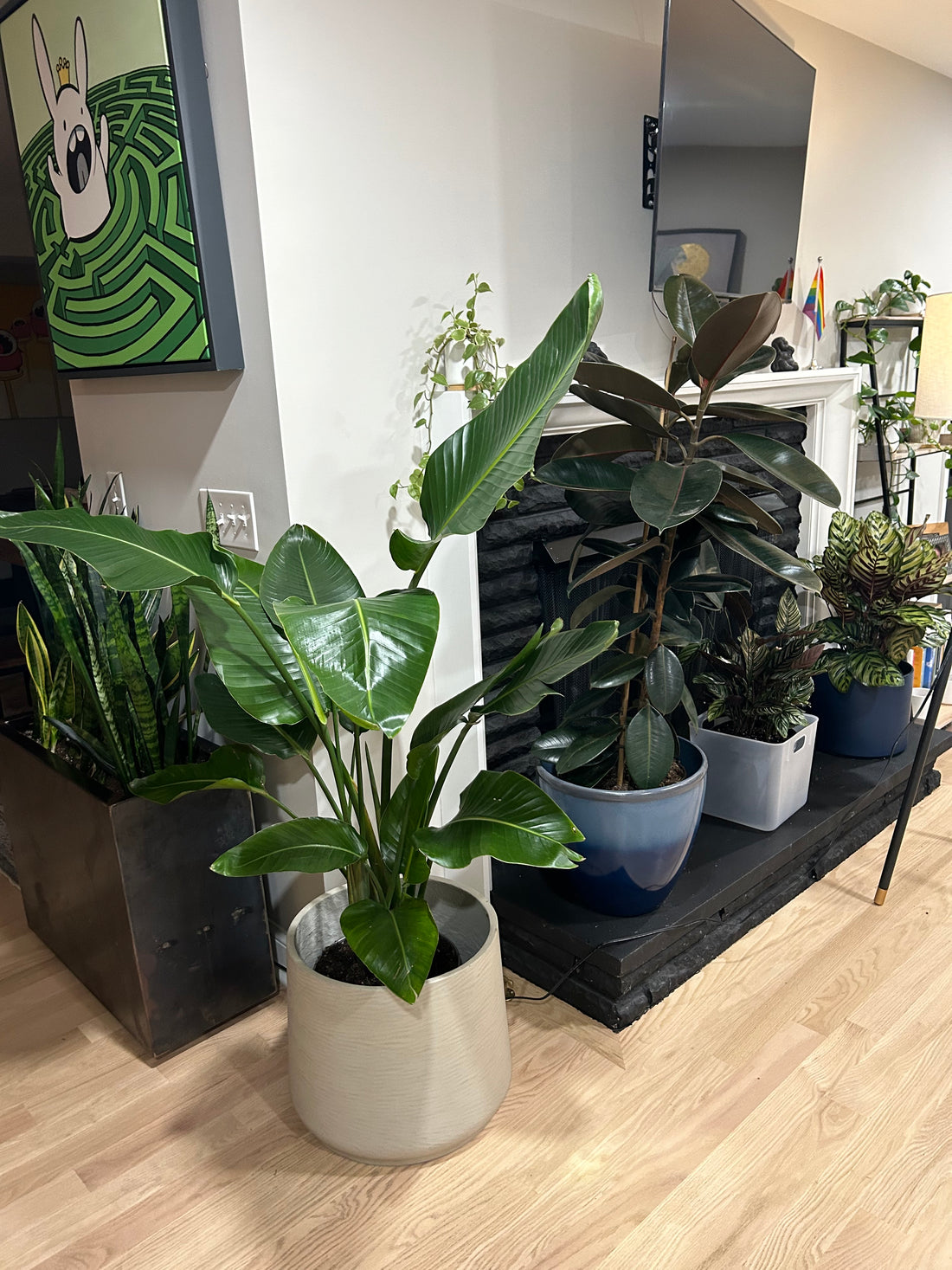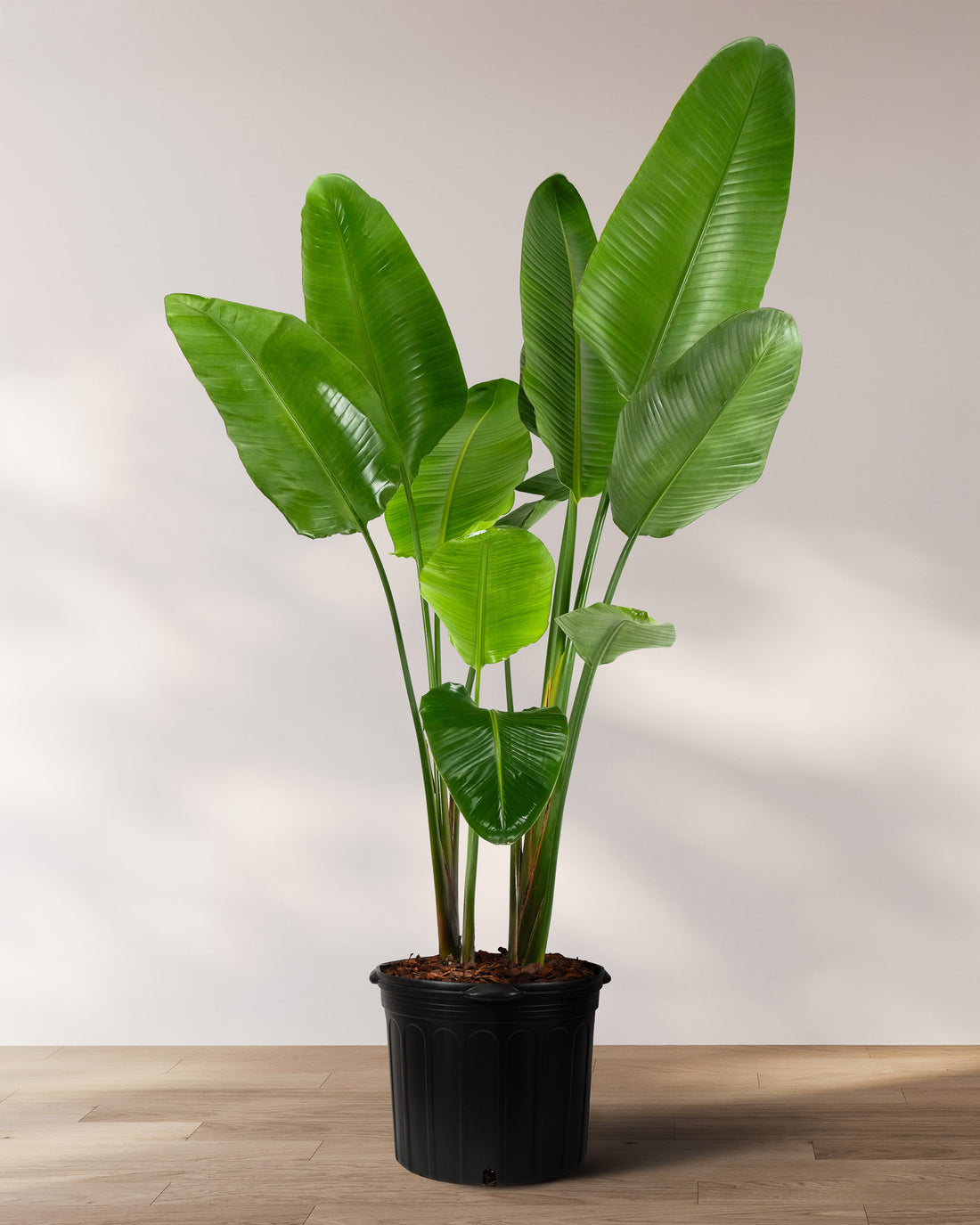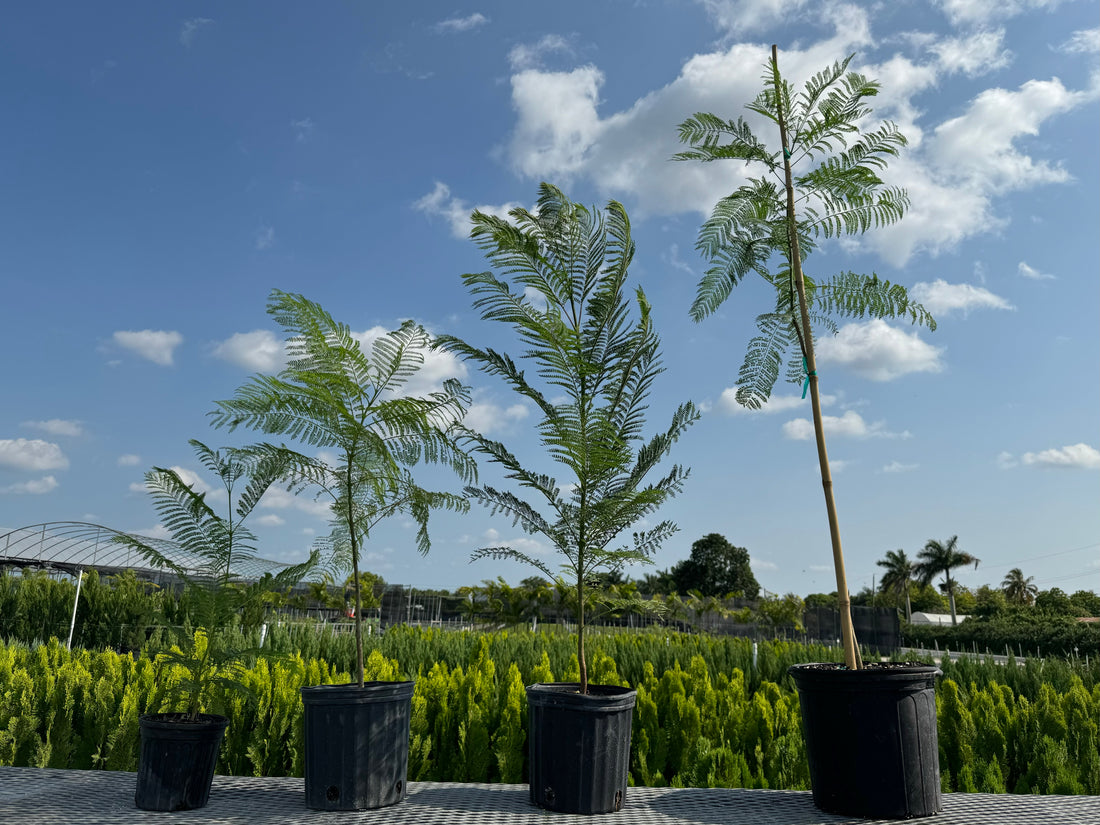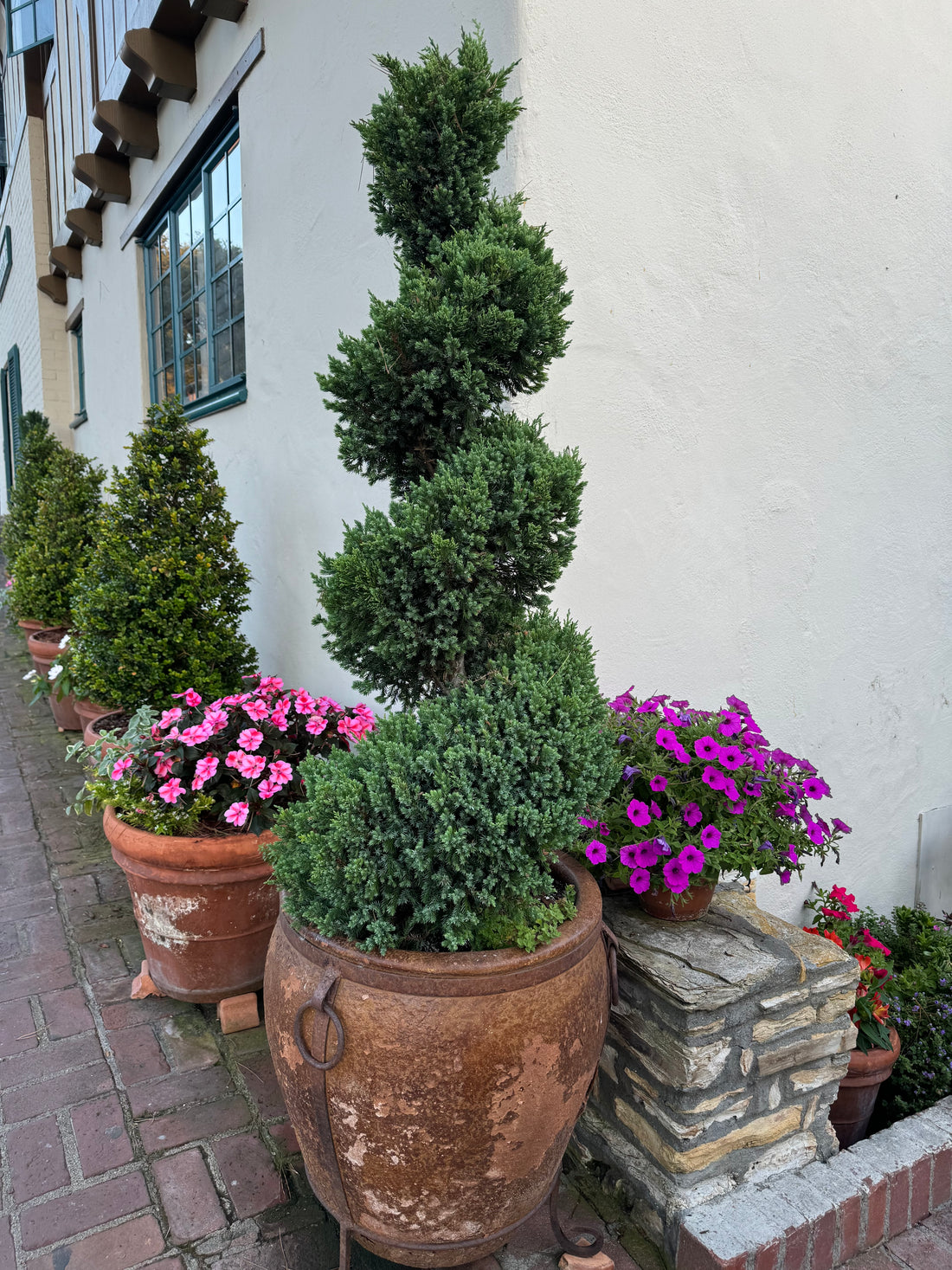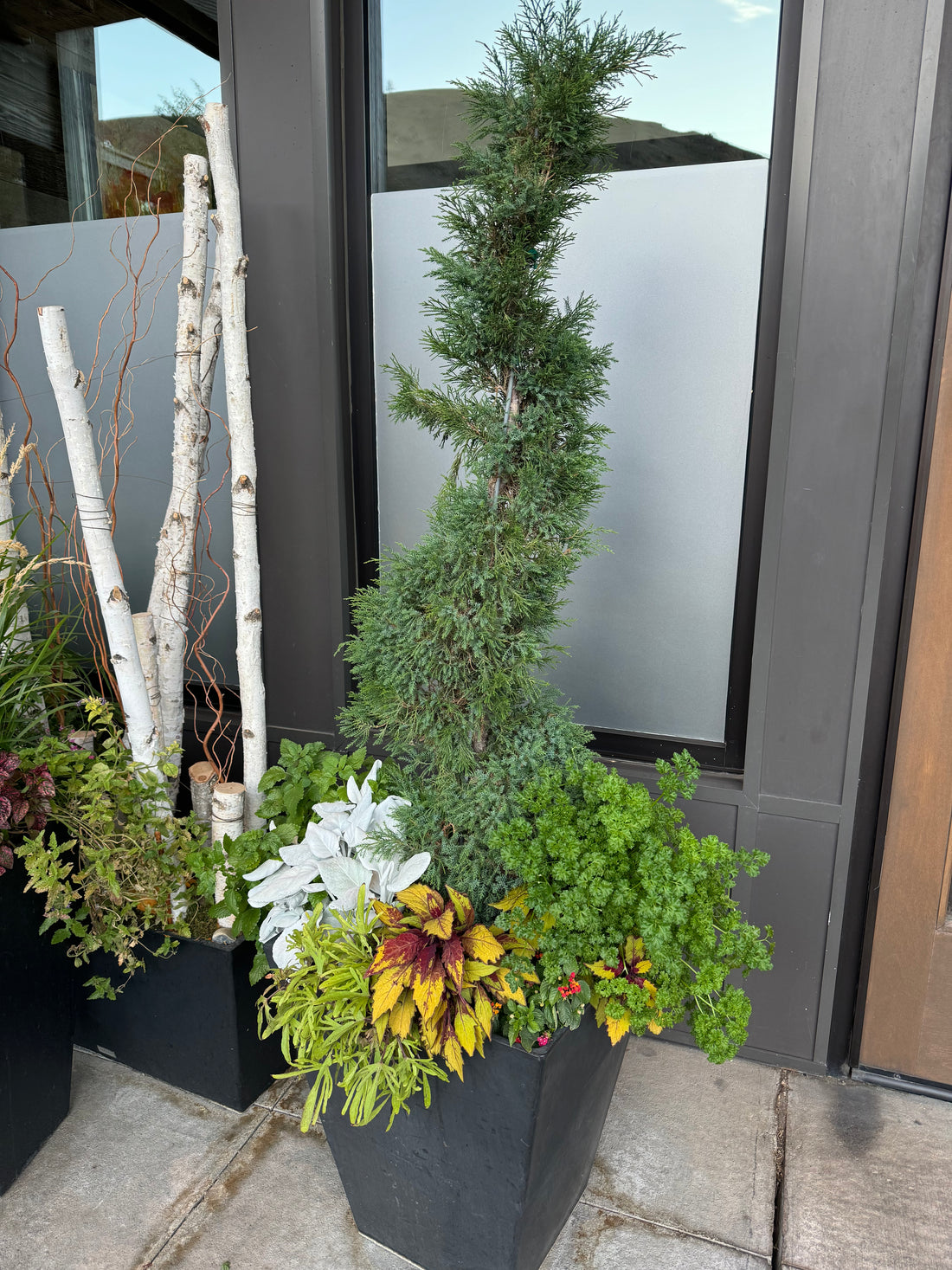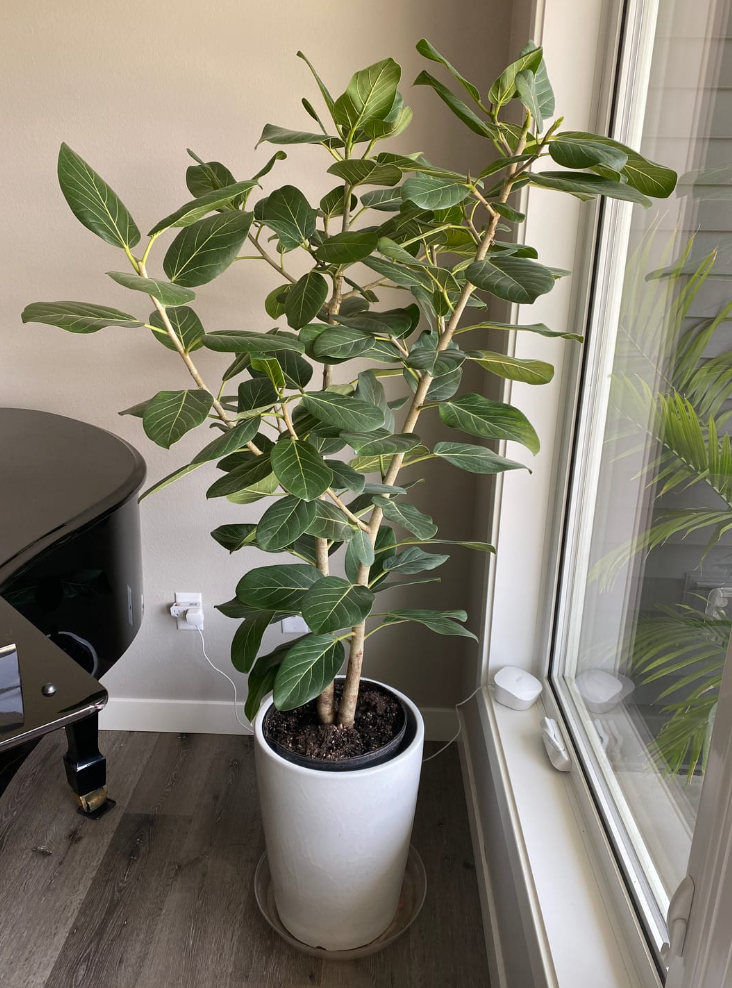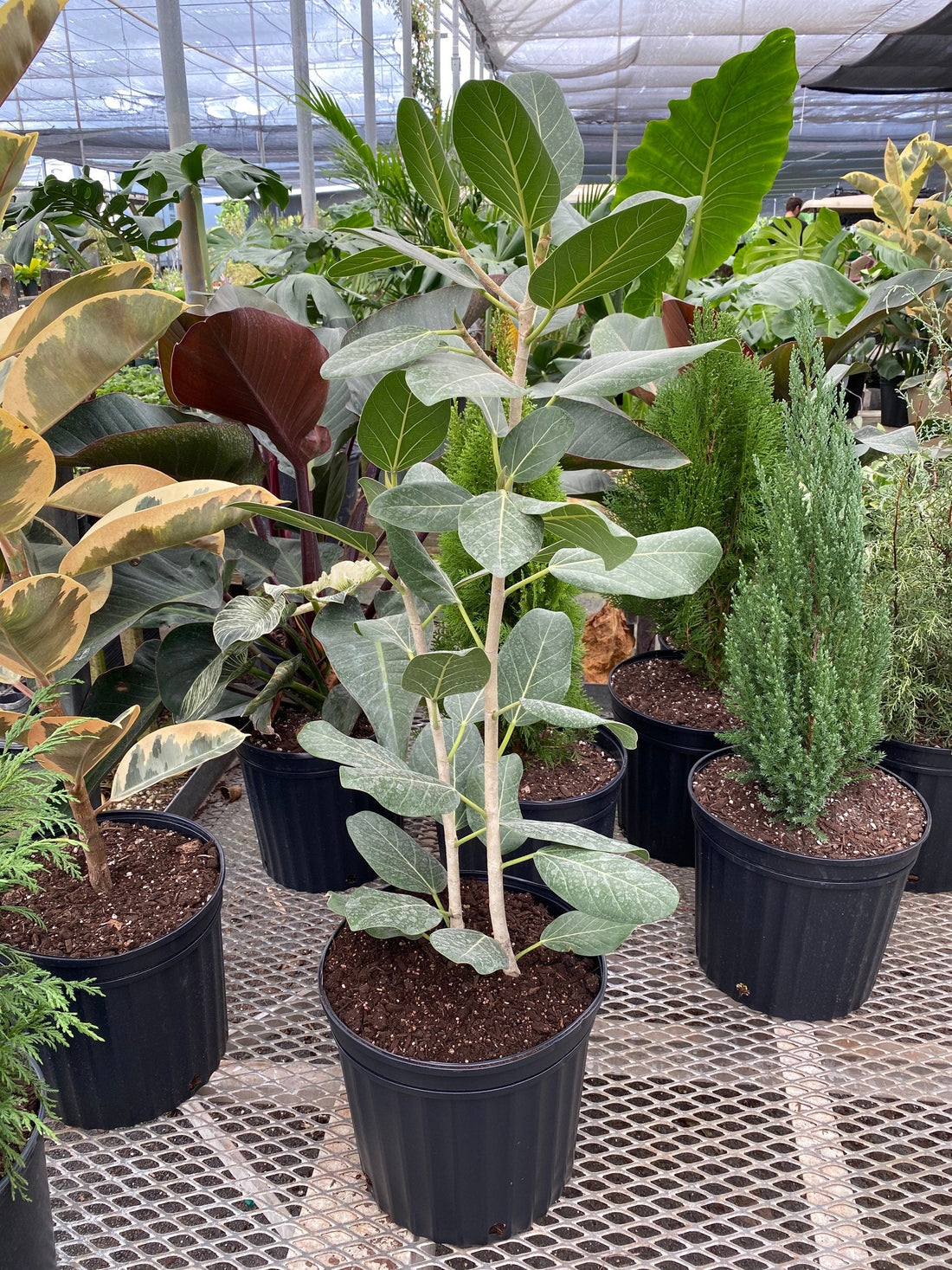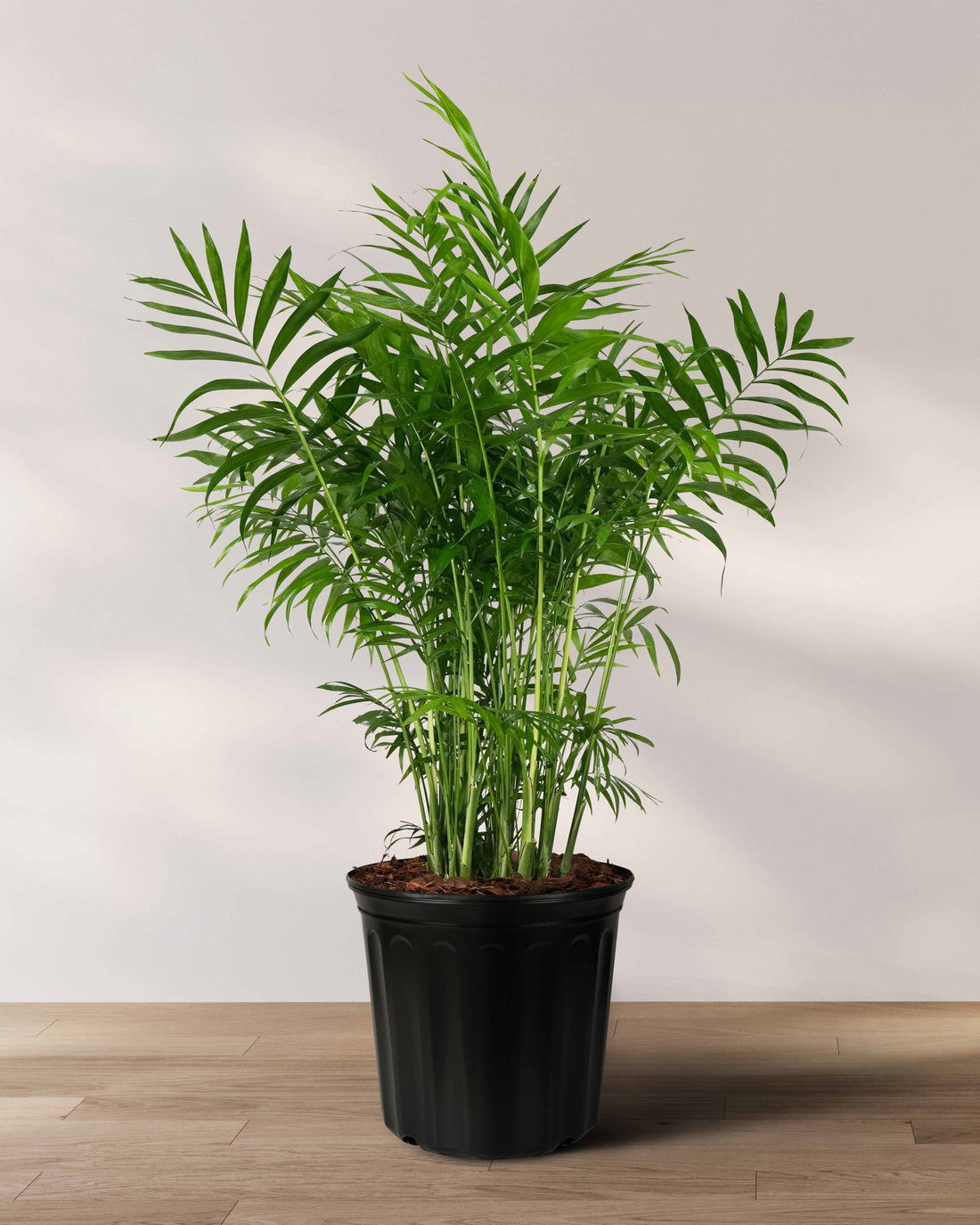Care Guide
MY NEW PLANT ARRIVED - Thank you for trusting Eureka Farms with your recent purchase, our main objective is to ensure a great customer experience and deliver great quality plants for your enjoyment. Plants shipped online are in complete darkness for several days, is normal for plants to stress during this process, do not repot for 4 weeks, we recommend dropping the plant in its existing pot as is in a deco planter of your choice, allow your new arrival to gradually climatize to their new environment, humidity levels, lighting and temperatures.
HOW TO CARE FOR FICUS FIDDLE LEAF FIG LYRATA - Below see details on how to keep your Ficus FIDDLE LEAF FIG LYRATA happy, healthy, and beautiful. If you’re a fan of fiddle leaf figs and Ficus in general, you’ve probably heard of Ficus Audrey, Tineke, Ruby and Triangularis, If you’re looking to expand your indoor tree collection consider the Ficus plants family, anyone of this trees will add a touch of grace and elegance to your home.
WATER MANAGEMENT FOR FICUS FIDDLE LEAF FIG LYRATA - Ficus plants are known to be drought tolerant, Ficus purchased for indoors use can be watered less frequent, however frequency of watering will depend on the size of the plant, humidity levels and rate of growth. One of the most common mistakes in the care of indoor plants is overwatering, indoor plants are far more tolerant to underwatering than overwatering. It is recommended to monitor your houseplants and water them when they need it, rather than on a schedule. When watering plants the objective is to maintain the soil moist but never soggy, a moisture meter is a great tool to utilize to reduce the guesswork, We recommend to sample the top soil an inch deep every 3-4 days, if you notice is still moist hold off on watering until it dries further, since most plants water needs may be different this is a good way to determine each individual plant water requirements.
Water Recommendations base on pot size, we suggest to utilize a soil probe initially to determine humidity levels and when to water.
6 inch Pot plants, every 5-7 Days, 10-12 inch Pot plants, every 7-12 days
LIGHTING INSTRUCTIONS - Trees generally require bright light, as an indoor plant it should be placed near a window where the plant can receive the brightest available light, east, south, and west facing windows are the best options, we recommend to rotate the plant occasionally, this will allow the plant to receive bright light from different angles, it can minimize leaf drops from within the canopy and allow the plant to maintain even healthy growth all year round.
HUMIDITY - The Benefits of Misting, Many of our houseplants come from the tropics, where humidity is very high, generally the air in our homes is dry. Misting houseplants is a very simple and effective way to boost humidity, an easy solution to the risk of overwatering your plants, pay attention to the color and texture of the leaves on your plant. Generally Plants with brown or dry leaf tips will benefit from regular misting, preferably in the mornings to allow the foliage to completely dry out during the day.
PLACEMENT AND TEMPERATURE - Selecting the right location for your plant indoors or outdoors is very important, micro climates can affect the health of the plant, make sure the plant does not receive air draft from AC/Heating vents, or warm air from close by freezers, the foliage will dehydrate faster than it can hydrate from moisture in the air, eventually turning brown and dropping, when plants are properly watered and care for and still display signs of wilting or seem sad it may help to relocate the plant to a different area for brighter indirect light. Please note most tropical plants are from the tropics, proper moisture is required for their health and survival, we highly recommend to bring your tropical plants indoors when temperatures are expected below 45s during winter months or above 90 during summer months, extreme weather can severely damage the plant.
REPOTTING - When repotting is due planting between spring and fall is recommended, use a potting mix with good drainage, cactus mixes are recommended, now is a good time to integrate a slow release fertilizer in the soil, apply it base on label instructions, Most general all purpose fertilizer can work well. Select a pot 2-3 inches wider than your current pot, it should have drain holes if all possible, Do not remove all the soil from the root ball, this procedure can severely stress or may damage the plant, you may remove about an inch of the outer layer of soil as this can simulate growth, avoid planting too deep in the new pot, the top of the root ball should be level to the top of the soil in the new pot.
In the event the new pot does not have drain holes you must avoid water from accumulating in the bottom of the pot, this will severely damage the plant, one possible solution is to water a fix amount of water, depending on the size of the plant 1 cup of water per gallon of soil may be sufficient once every 4-7 days. Water slowly to allow the soil to absorb the water and moist evenly, the objective is to avoid excess water build up in the bottom section of the pot.
FERTILIZING – No need to fertilize right away, We fertilize our plants during the production phase with slow release fertilizer which can last an additional 2-3 months supplying residual nutrients to the plant. Once you do decide to fertilize You may use a fertilizer formulated for interior plants, preferably a slow release fertilizer 180 days duration, fertilize during spring or fall base on label instructions.
CLEANING, REGULAR MAINTENANCE - Ficus plant leaves differ in sizes, the fig-leaf lyrata, burgundy, Tineke or Ruby offers larger size leaves and are easier to clean, however Ficus Triangularis has a lot of small leaves and can be a bit more time consuming. Simply add a few drops of dish soil to a cup of water, wet a soft cloth and manually wipe off dust off the leaves, is a simple solution that is inexpensive and works well without damaging the plant.
HOW TO PROPAGATE FICUS PLANTS - There are multiple ways you can propagate Ficus plants, cuttings or air layering, the easiest way to propagate Ficus plants is by way of cuttings, find a fairly young fast-growing section of stem and cut an inch below 2-3 sections of healthy leaves, maintain at least an inch of stem, make sure to wear gloves, most likely sap will release from the stem cut, use a paper towel to dry it. Allow the bud end of the cutting to dry for about an hour so it may callus on the bud end, place the cutting in a glass or ceramic container with with clean water about an inch high, add rooting hormone if available, place in bright indirect light, change the water once a week, within a couple months you should see white buds forming near the bottom cut section of the stem, once roots grow 2-3 inches long you may plant your rooted cutting in soil. You can also propagate Ficus plants by air layering a technique that involves locating a healthy stem, cut a small ¼-inch-deep incision on the stem using a clean knife, wear gloves and use a towel to wipe off the sap, careful not to contact the sap it may irritate your skin and can be toxic, Wrap the cut section of stem loosely in damp sphagnum moss, cover in aluminum foil and secure into a new little bundle. Spray water frequently to maintain the moss moist, within a few months roots should start to grow from the incision made on the branch, when the roots are a few inches long you can cut the entire branch off just below the roots and plant it in soil, a new plant will grow.
HOW TO GROW A NEW BRANCH - You may encourage your tree to branch in certain areas using a technique called notching, this process can create a more dense and bush canopy. To accomplish this, pick the area on the main stem were you would like a new branch to sprout, use a clean knife or shears to cut a ¼-inch notch in the trunk, within a few weeks you may see a bud forming and it will gradually start to grow into a branch.
PRUNING - Pruning is important for keeping your Ficus plants healthy and well-balanced, Most proud Ficus plant owners prefer to keep their plant with a nice shape canopy. Pruning should be done first If you notice any diseased leaves, be sure to trim those off immediately, using a clean knife or shears, pruning of branches can be made just above any node, right about where a leaf attaches to a stem, This will reduce the size of the plant which may have caused a non uniform growth, and promote new growth from the point where the cut was made. You may also need to prune from time to time to control the tree’s size and shape. Before pruning be sure to identify the areas where cuts will be made, especially if you’re pruning to shape your tree. Try marking the areas you want to cut with colored strings or ribbons before cutting. Keep in mind that if you take more than 10% of the leaves or branches, your tree could experience shock, which could cause it to stop growing and droop for a few weeks, so you may want to prune in stages if you’re planning to make drastic changes. When pruning Ficus Plants place a towel under the areas being pruned to catch the sap, remember to wear gloves to avoid contact with the sap.
INSECTS OR DESEASES - Here’s another plus, Ficus plants are not regularly affected by pests. in the event that scale, mealy bugs, or mites are found to affect the plant, they can be controlled by wiping the infested area with a soapy solution, add a few drops of dish soap in a cup of water and wipe off the affected areas with a soft cloth, It can take several intermittent cleanings to rid the plant of the pests.
Horticultural oils can be sprayed directly onto the insects, A second and third treatment, if using oils, will be necessary. Space out the sprays at 3 week intervals to break up the mealybug life cycle. Both of these treatments together will be very effective.












